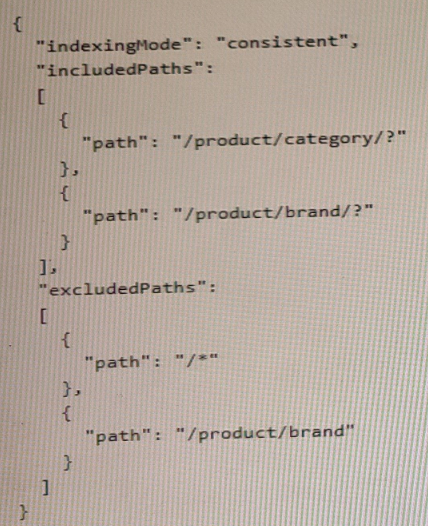- 144 Actual Exam Questions
- Compatible with all Devices
- Printable Format
- No Download Limits
- 90 Days Free Updates

| Vendor: | Microsoft |
|---|---|
| Exam Code: | DP-420 |
| Exam Name: | Designing and Implementing Cloud-Native Applications Using Microsoft Azure Cosmos DB |
| Exam Questions: | 144 |
| Last Updated: | December 2, 2025 |
| Related Certifications: | Azure Cosmos DB Developer Specialty |
| Exam Tags: | Cloud Certifications, Microsoft Azure Certifications, Data Management Certifications, Data and AI Certifications Intermediate Microsoft Developers |

- 24/7 customer support
- Unlimited Downloads
- 90 Days Free Updates
- 10,000+ Satisfied Customers
- 100% Refund Policy
- Instantly Available for Download after Purchase
